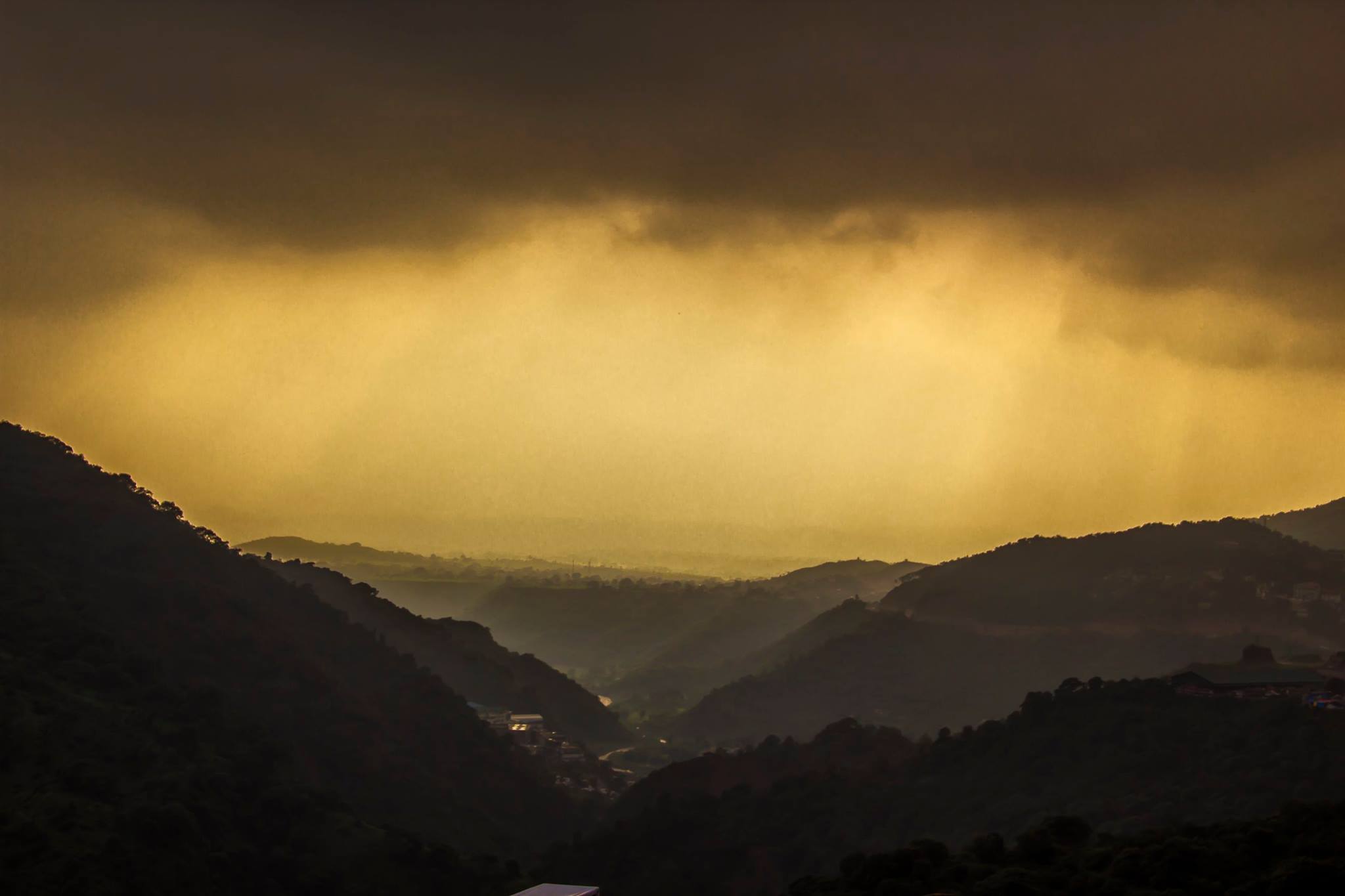Every August, Nature delivers a message to Kerala and parts of Karnataka. Last August, it was a message to refrain from tinkering with rivers. This year, the message is loud and clear: leave the hills alone. And there is ample reason. Kerala has been flattening eco-sensitive and fragile mountains in the name of development and boosting cash crops. Take the case of Kavalappara in Malappuram district which is the epicentre of the worst disaster this year when a massive landslide wiped out an entire village comprising over 80 houses. This was the very same place where the Muthappan Kunnu (Muthappan hill) witnessed unscientific excavations in more than 30 quarries. The Forest Health Division at the Kerala Forest Research Institute had identified 12 quarries within the five-kilometre radius of Kavalappara and 21 quarries in the 10-kilometre radius. Obviously, such massive and unscientific excavations changed the soil structure, making the hills highly unstable; all it needed was a heavy rain to trigger a landslide. The authorities in Kerala never cared to do an environmental audit or impact study before giving permission to the quarries. The local panchayat either gave permission or looked the other way when people cut the forest cover and flattened parts of the hill slopes for cash crops like rubber and timber. The story was the same in Puthumala in Wayanad district where the hill came tumbling down due to unscientific quarrying and plantations. Now the Kerala government is planning to tie-up with GeoHazards International, an international NGO, to develop feasible solutions to lower the risk of landslides. What the ‘feasible solutions’ would be is anybody’s guess. Through the NGO, the government plans to create micro-maps of sensitive areas for “hyperlocal prediction” of areas prone to landslips. This is nothing but a waste of money. Instead of creating another study and report, all that the government should do is to revisit the August 2011 Madhav Gadgil-led Western Ghats Expert Ecology Panel (WGEEP) report or the diluted High Level Working Group (HLWG) report prepared by K Kasturirangan. The answers on what should be done to prevent land slips are very much in these reports. Instead of spending money appointing an NGO, the Pinarayi Vijayan-led government should read page 20 of the WGEEP report which had clearly demarcated 17 eco-sensitive areas (ESAs) in Kerala. And this included Nilambur and Meppadi areas where the disaster of this year took place. The report had clearly mentioned that the government should not change the land use in these 17 eco-sensitive spots. This is because these spots have a very fragile landscape and any change in land use is bound to trigger landslides. But what did the government do? Rubbishing the report, it opened the floodgates of disaster by allowing an average of six quarries per panchayat. More than 50% of the permits were issued to areas which came under ecologically-sensitive zone-I&II.
Cutting of hills for unscientific road expansion, chopping of hills that has a slope of 30 degrees for construction of buildings and massive flattening of the hill slopes for monocropping cultivation that began a few months ago were factors for triggering landslides. Added to this was the climate change being witnessed in Kerala – since 1983 to 2011, the number of days in a year that received a ‘moderate’ amount of rainfall (20–30mm) was decreasing, but the number of days receiving low or very high rainfall was increasing. The sudden spell of high rainfall came as a spur to trigger landslides. But Kerala will never learn the lessons of nature. Six years ago, in November politicians, real estate lobby and the church launched a massive protest against the Gadgil and Kasturirangan reports. There were protests and widespread unrest and incidents of arson in rural hilly areas. The role of the church in the violence of 2013-14 was a point of debate. Though the church denied any role, Thamarassery diocese bishop Remigiose Inchananiyil had warned that another Jallianwala Bagh will take place if the Kasturirangan report was implemented. Today, it is nature that is the ‘Jallianwala’, flattening lands and lives. Despite the tragedies of 2018 and 2019, nobody is ready to look at Gadgil report. Till then, nature will come back with a vengeance to teach bitter lessons to God’s Own Country.
By Shankar Raj

